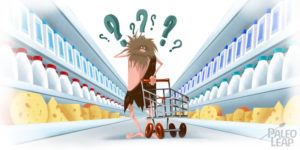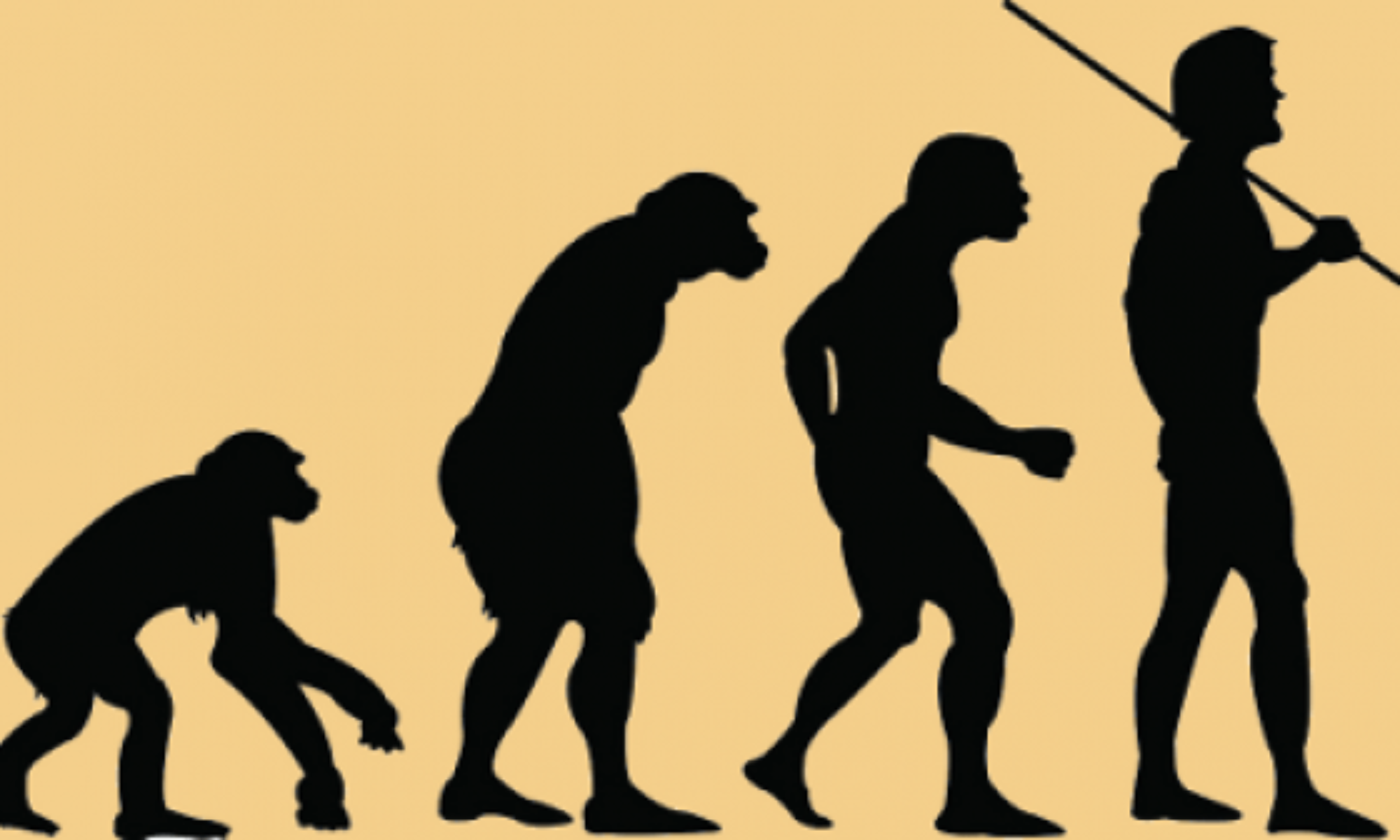Chapter 4: The Perfect Paleofantasy Diet: Milk
In this chapter Dr. Zuk shifts the argument of rapid evolution away from other animals and towards humans. She uses the human practice of consuming milk and dairy as her casestudy on rapid human evolution. She introduces the conflicting opinion that it is unnatural to consume cattle’s milk as it was not intended for human consumption and it causes disease in humans. She then describes why humans drink cow’s milk as it has the same amount of calories as human milk, just more protein and less fat. The problem with digesting milk is that all types of milk contains the lactose sugar. Lactase, the enzyme that breaks down lactose, is present in all mammals at birth. However, what makes it a point of contention is that in almost all mammals (humans included) lactase production stops before adulthood. The inability to break down lactose is called lactose-intolerance, and although all other mammals become lactose intolerant, many humans are still able to break down lactose far into adulthood.

Previously it was assumed that lactose-intolerance was rare and not the norm, but recent surveys have showed that only 35 percent of the world’s population exhibits lactase persistence. Dr. Zuk now asks the question why is this the case and how come people who show lactase persistence are clustered in certain areas of the world? She looked at new genomic and archaeological data that showed the ability to drink milk evolved as it was a rich source of protein and nutrients in some places and as hydration in other places where water wasn’t as readily available. The most fascinating part of her research was that lactase persistence co-evolved in these different populations in as short as 7,000 years. This proved her point that evolution takes a lot shorter than we once thought and the idea that we are stuck in our genes is not necessarily accurate.
